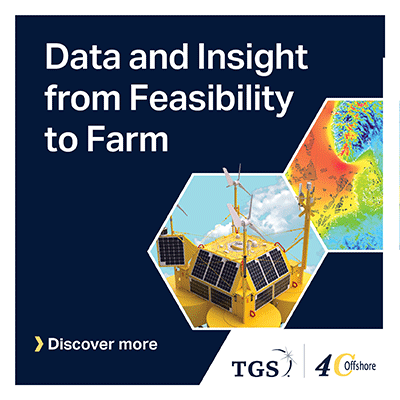Back

Wind: Wakes & Losses
CFD.ML - A New Hope For Rapid Turbine Interaction Modelling
Tuesday, November 14, 2023
4:15pm – 5:15pm CST


Karol Mitraszewski
Scientific Developer
DNV Digital Solutions
Warsaw, Mazowieckie, Poland
Presenter(s)
Presentation Description: CFD.ML is a machine learning surrogate model for high fidelity turbine interaction simulations with run times as fast as typical engineering models. It is realized by training a Graph Neural Network (GNN) to approximate steady-state Reynolds Averaged Navier-Stokes (RANS) simulations. CFD.ML is based on years of DNV research and until now has been mainly used to interpolate between high-fidelity RANS CFD runs, effectively enabling much higher directional resolution of CFD simulations while maintaining manageable computational load.
However, in recent months, DNV has enabled its use as a stand-alone turbine interaction model in wind farm energy production assessments. An important advantage of CFD.ML is that it captures flow physics better than the widespread engineering wake models: it accounts for wake and blockage impacts together, on a per-turbine basis, capturing all flow features relevant for wind farm design.
The CFD.ML approach has previously been shown to closely approximate RANS predictions on test sites outside the training data. Subsequent validation against SCADA power data has shown that CFD.ML predicted the turbine-by-turbine pattern of production trends better than other DNV models. Since this earlier work DNV have compiled a significantly greater body of training data, as well as introduced model enhancements.
We will present an updated validation to demonstrate the skill of the re-trained CFD.ML model at predicting blockage, external and internal wake impacts. The study will explore the benefits, limitations, and suggested applicability of the latest CFD.ML model for turbine interactions available in the DNV WindFarmer software.
However, in recent months, DNV has enabled its use as a stand-alone turbine interaction model in wind farm energy production assessments. An important advantage of CFD.ML is that it captures flow physics better than the widespread engineering wake models: it accounts for wake and blockage impacts together, on a per-turbine basis, capturing all flow features relevant for wind farm design.
The CFD.ML approach has previously been shown to closely approximate RANS predictions on test sites outside the training data. Subsequent validation against SCADA power data has shown that CFD.ML predicted the turbine-by-turbine pattern of production trends better than other DNV models. Since this earlier work DNV have compiled a significantly greater body of training data, as well as introduced model enhancements.
We will present an updated validation to demonstrate the skill of the re-trained CFD.ML model at predicting blockage, external and internal wake impacts. The study will explore the benefits, limitations, and suggested applicability of the latest CFD.ML model for turbine interactions available in the DNV WindFarmer software.
Learning Objectives:
- You will understand how of a graph neural network works and why it can be successfully applied to the turbine interaction modelling problem.
- You will learn about the flow features a good turbine interaction model should capture. You will understand how CFD.ML performs at capturing these relative to established engineering wake models.
- You will learn how further parameters, including atmospheric stability, can be considered in the training of the graph neural network to improve site specific predictions of blockage and wakes.

